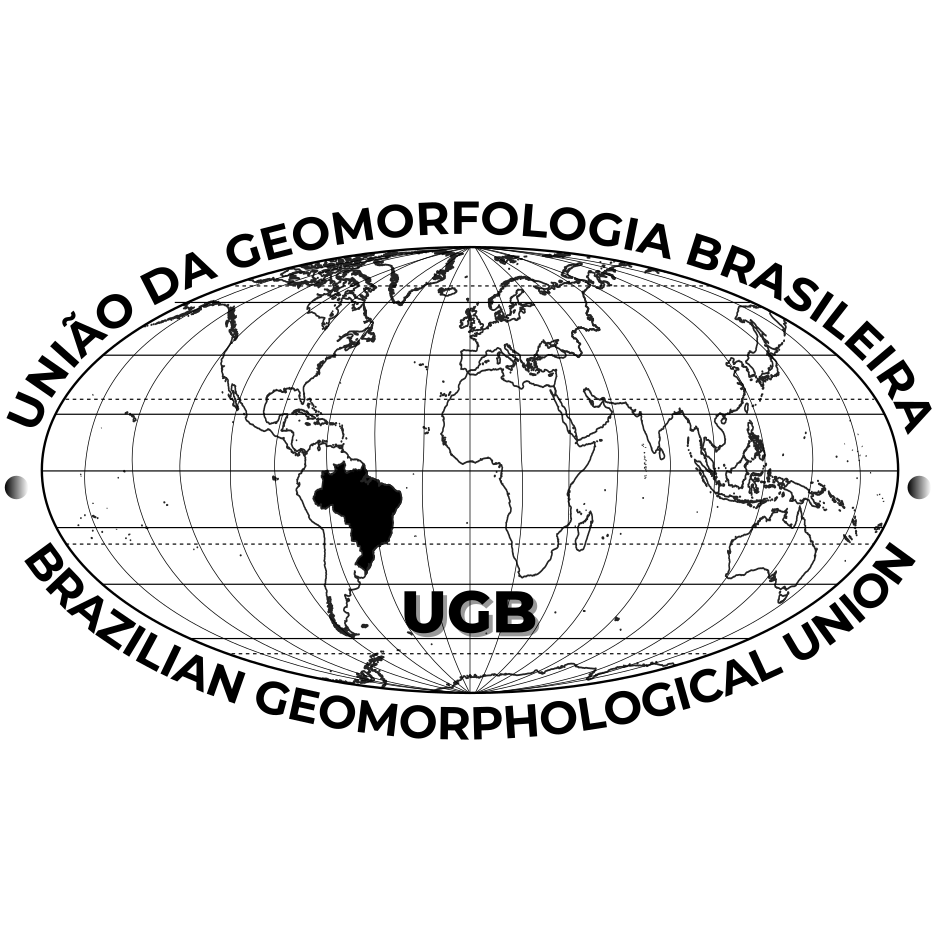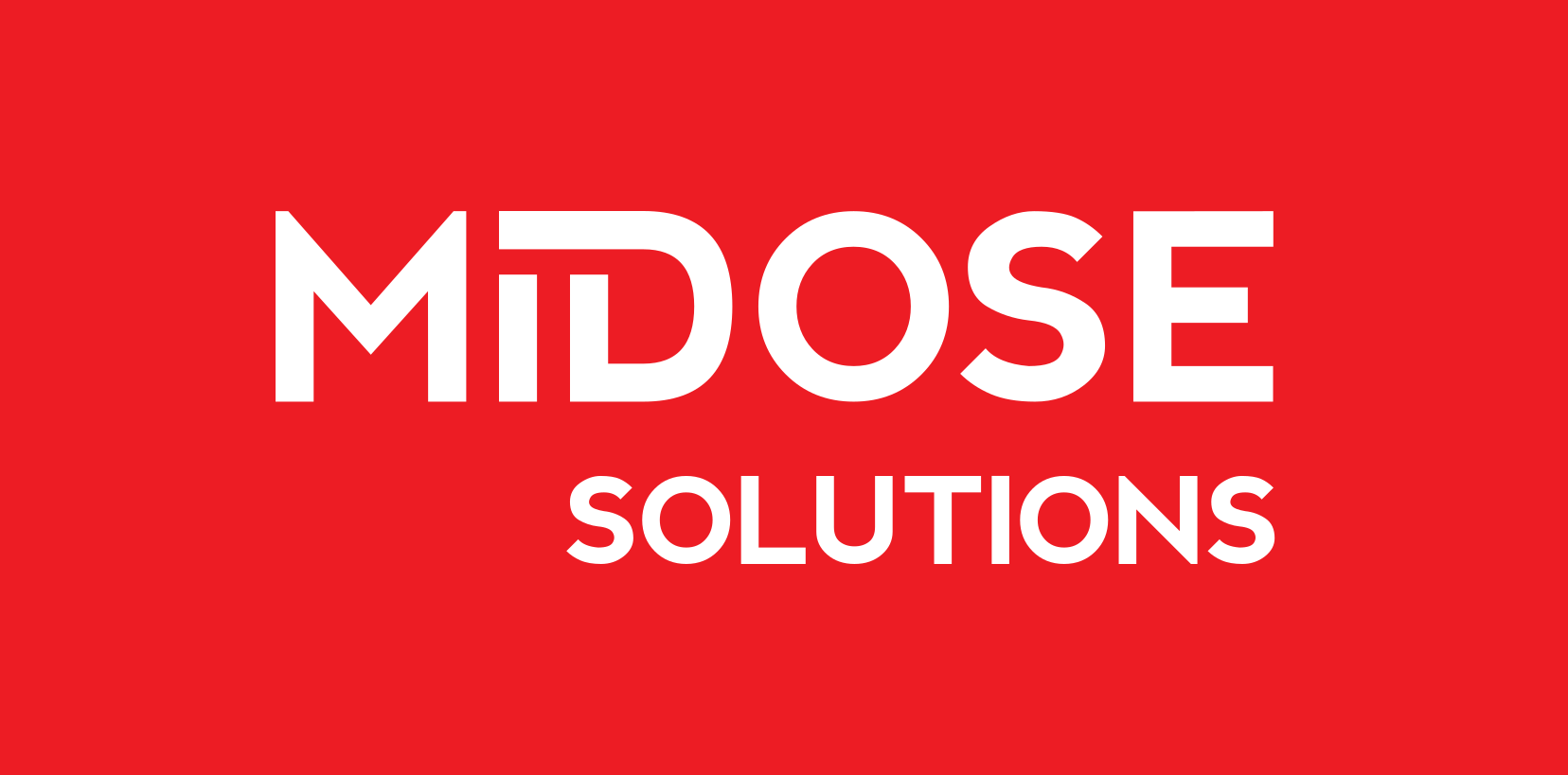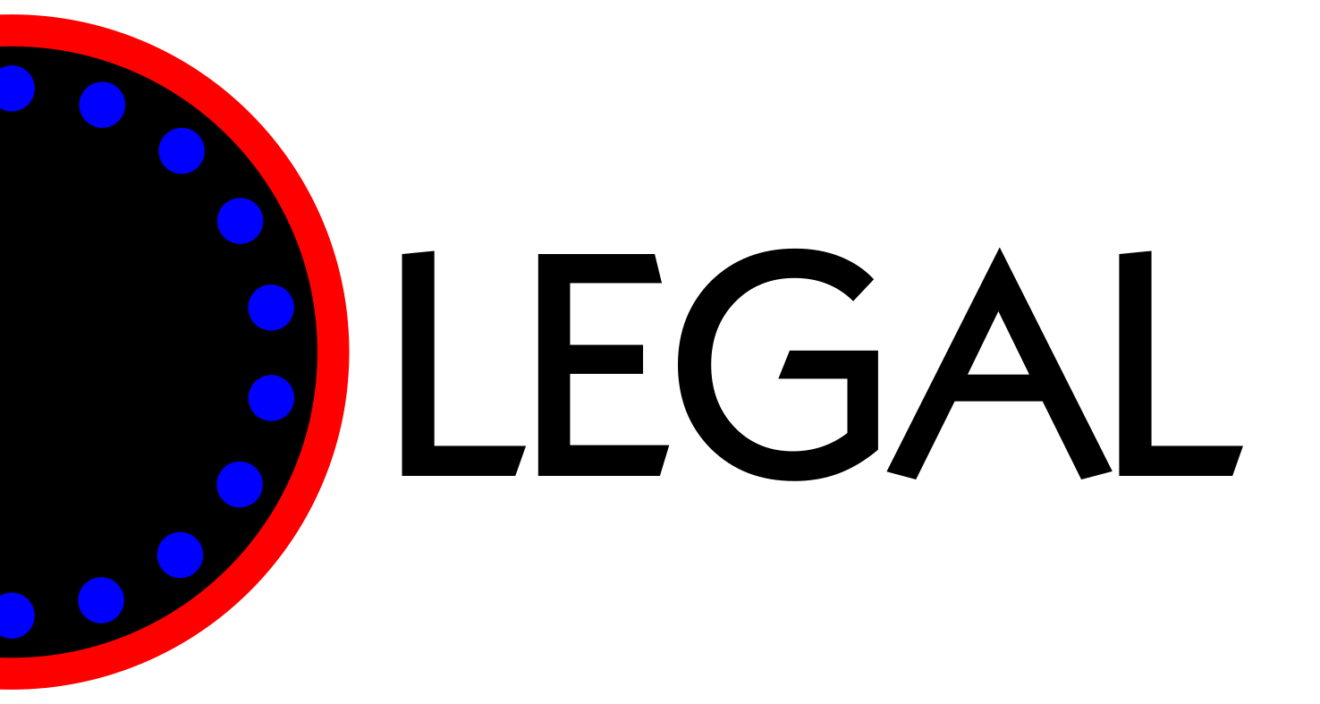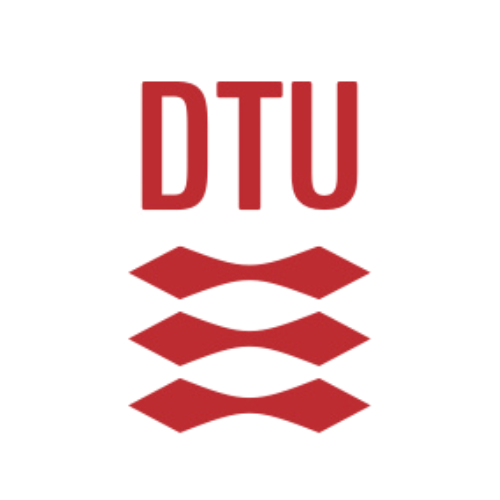NWLDW 2025 - São Paulo
New World Luminescence Dating Workshop
The NWLDW is a biannual workshop hosting students and researchers from the Americas that develop and apply luminescence dating techniques. The upcoming edition of the NWLDW is particularly significant, as it marks the first time the workshop will take place in South America, presenting a unique opportunity for researchers and students from South American countries to actively participate and contribute to the New World luminescence dating community. As in previous NWLDW editions, our goal is to provide a collaborative platform where researchers and students from the Americas can share recent developments and applications, while fostering an inclusive and welcoming environment for all.
Stay tuned for updates on this website!
Latest News
Book of Abstracts available now!
The NWLDW 2025 program is ready!
Download the Book of Abstracts and prepare to get the most out of our workshop!
Directions to POSTER presentations
Are you presenting a poster at the NWLDW 2025?
Feel free to style it as you wish, but use a portrait A0 format 😉
If you wish to use the logo event, here it's: https://nwldw2025.igc.usp.br/wp-content/uploads/2025/06/logo-nwldw-scaled.png
Ice breaker on July 20th
Are you arriving earlier in Brazil?
Then join us for an informal meet-upon on Avenida Paulista 2001 (in front of Pastel do Juca) Sunday, July 20th, from 2 to 4 pm.
Hope to see you there!
Visa is now required!
It is official: starting from 10 April 2025, passport holders from Australia, Canada, and the United States will require a visa for entry into Brazil.
Apply for your eVisa here
If you need any assistance or an invitation letter, please email us at nwldw2025@usp.br
Tips on São Paulo
Need tips on what to expect and/or do when you're in São Paulo?
Check out the tips we've prepared for you here
Conference dinner on July 22nd
The conference dinner will be at Mestiço restaurant!
The participants who have booked the dinner can pay it (in cash) on the first day of our event or in advance (via bank transfer).
Any questions, email us at nwldw2025@usp.br
Day trip to "Caminhos do Mar": guide now available!
Our day trip to the Atlantic rainfores is going to happen on the 23rd!
Checkout the guide to have a litte taste 😉
Registration
Pricing and Fees
EARLY BIRD (until 15-Feb)
Professional: R$500
Student: R$ 200
REGULAR (16-Feb to 01-Jun)
Professional: R$ 600
Student: R$ 300
Daytrip - Caminhos do Mar (until 01-Jun)
R$ 150
Conference dinner (until 01-Jun)
R$ 200
Keynote speakers
Dr. Tammy Rittenour
Professor at Utah State University
Tammy Rittenour is a Professor in the Department of Geosciences at Utah State University, where she directs the USU Luminescence Laboratory. She earned her BA in Geology and Biology from the University of Minnesota-Morris in 1996, an MSc in Geosciences from the University of Massachusetts-Amherst in 1999, and a PhD in Earth and Atmospheric Sciences from the University of Nebraska-Lincoln in 2004. Tammy’s research integrates geomorphology, sedimentology, stratigraphy, and geochronology to reconstruct past climate and landscape evolution from river, sand dune, glacial, and geoarchaeological records. She is a Fellow of the Geological Society of America and has received the NSF CAREER Award and the Kirk Bryan Award for Excellence in Geomorphology. Her research interests center on using luminescence dating to establish chronological controls of sedimentary deposits.
At NWLDW 2025 Dr. Rittenour will give the lecture "Quartz luminescence sensitivity: Insights from global distributions and local fingerprints of fire and residence time within the Critical Zone".
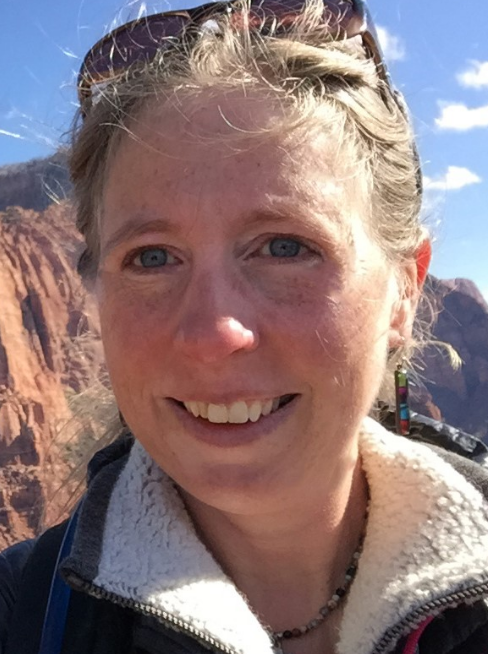
Dr. Mayank Jain
Senior Researcher at Technical University of Denmark
Mayank Jain is a Senior Researcher and Section Leader in the Department of Physics at the Technical University of Denmark (DTU). With a background that bridges physics and geology, Mayank's research spans Radiation Physics, Solid State Physics, and Earth & Environmental Sciences. His work has focused on broadening the application of optically stimulated luminescence (OSL) and enhancing its precision, accuracy, and age range through a detailed investigation of charge transport dynamics in both natural minerals and their synthetic counterparts. Mayank’s contributions have been instrumental in advancing models of metastable states and charge transport in minerals, leading to pioneering measurement techniques and applications in Earth sciences.
His lecture at NWLDW 2025 is entitled "Multi-scale luminescence Imaging: Illuminating weathering, erosion and transport dynamics in clastic systems"
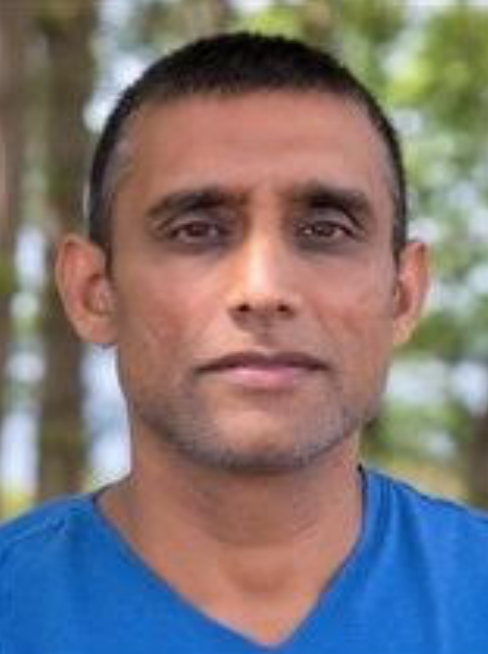
Dr. Nathan Brown
Assistant Professor at University of Texas at Arlington
Nathan Brown is an Assistant Professor at the University of Texas at Arlington, where he built and directs a luminescence dating laboratory. He received his MS in 2011 from the University of Illinois in Chicago, dating North American loess deposits with thermally-transferred OSL (TT-OSL) techniques, under the supervision of Steven Forman. In 2017, he received his PhD from UCLA under the supervision of Ed Rhodes and Mark Harrison, where he developed K-feldspar thermoluminescence (TL) signals for low-temperature thermochronology applications. He was then a postdoc at UCLA with Seulgi Moon and an NSF Fellow at UC Berkeley with David Shuster prior to joining UTA in 2020. His research interests include numerical modelling, luminescence sediment dating, rock surface exposure dating, and thermochronology, especially in challenging geologic contexts. Some current field sites are the southern San Andreas fault system, beneath the Greenland Ice Sheet, hydrothermal explosion deposits in Yellowstone National Park, and ventifact sites across the Mojave Desert.
Expect to hear Dr. Brown talking about thermochronology in our conference! His lecture is entitled "Luminescence thermochronology shows a transient landscape response to a changing southern San Andreas fault"
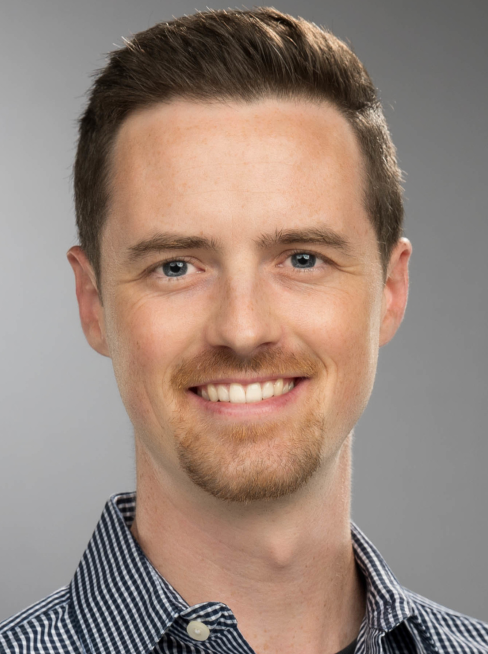
Schedule
14:00 - 16:00 : Ice breaker on Avenida Paulista 2001
09:00 - 10:15 : Talk session IV
10:45 - 12:00 : Talk session V
14:00 - 14:45 : Talk session VI
14:45 - 15:15 : Bidding
15:45 - 17:45 : Poster Session II
17:45 - 18:00 : Workshop closing (Awards & Bidding result)
19:00 - 22:00 : Workshop dinner at Mestiço restaurant
08:30 - 17:00 : Atlantic rainforest day trip (Caminhos do Mar)
![]() July 24: Departure to the Amazon field trip
July 24: Departure to the Amazon field trip
![]() July 28: Return to São Paulo
July 28: Return to São Paulo
Venue & Transportation
Accommodations
There are several options for accommodation near USP.
Venue
Our workshop will be held in the István Jancsó auditorium of the Biblioteca Brasiliana Guita e José Mindlin, on the main campus of the University of São Paulo (USP). The campus is a green oasis in the midst of São Paulo, with easy commute to and from.
Address: Rua da Biblioteca 21, Espaço Brasiliana, Cidade Universitária, São Paulo, SP, CEP: 05508-065
Transportation to/from campus
City buses are the cheapest option and can either take you straight inside the campus or to the Butantã metro station. Taxis and Uber are also easily available.
Important
Participants of the NWLDW can enjoy a 16% discount at the Hilton Garden Inn Rebouças and Quality Faria Lima hotels. To secure your discount, please book using the links below or enter the promotional code NWLDW2025 when making your reservation.
Hilton Garden Inn | Quality Faria Lima
Organizing Committee
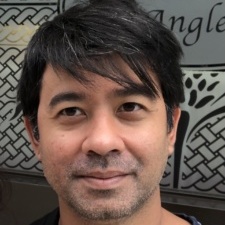
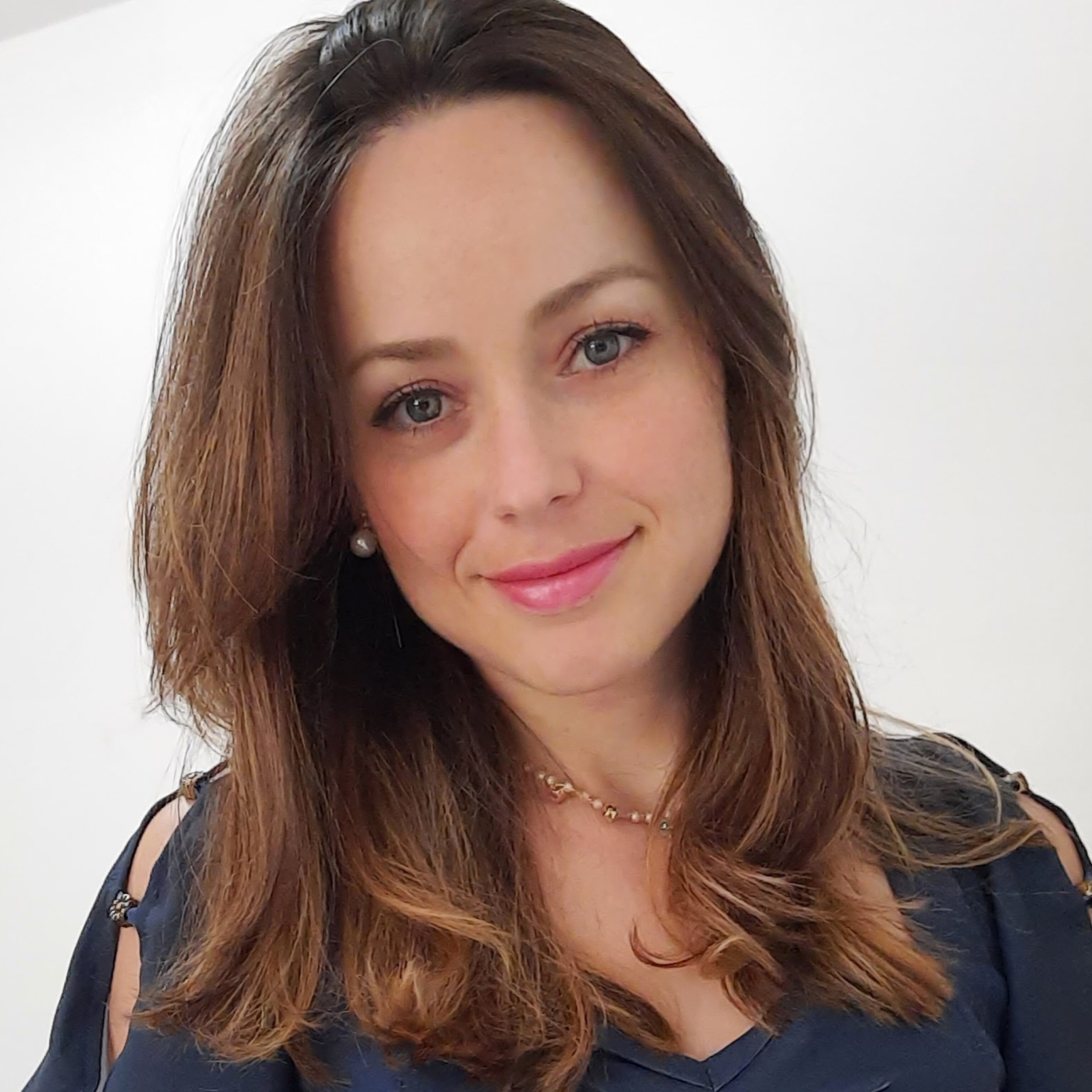

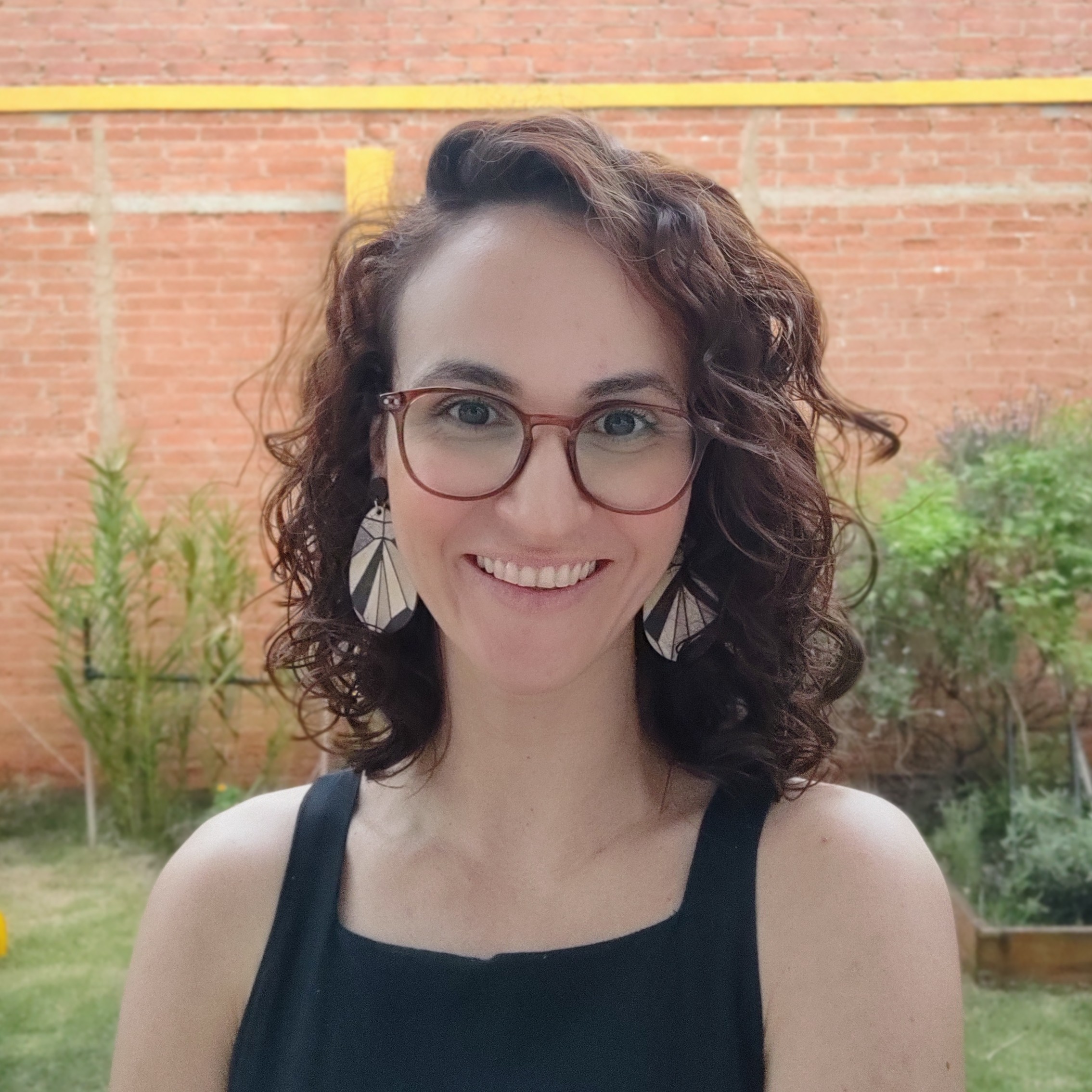
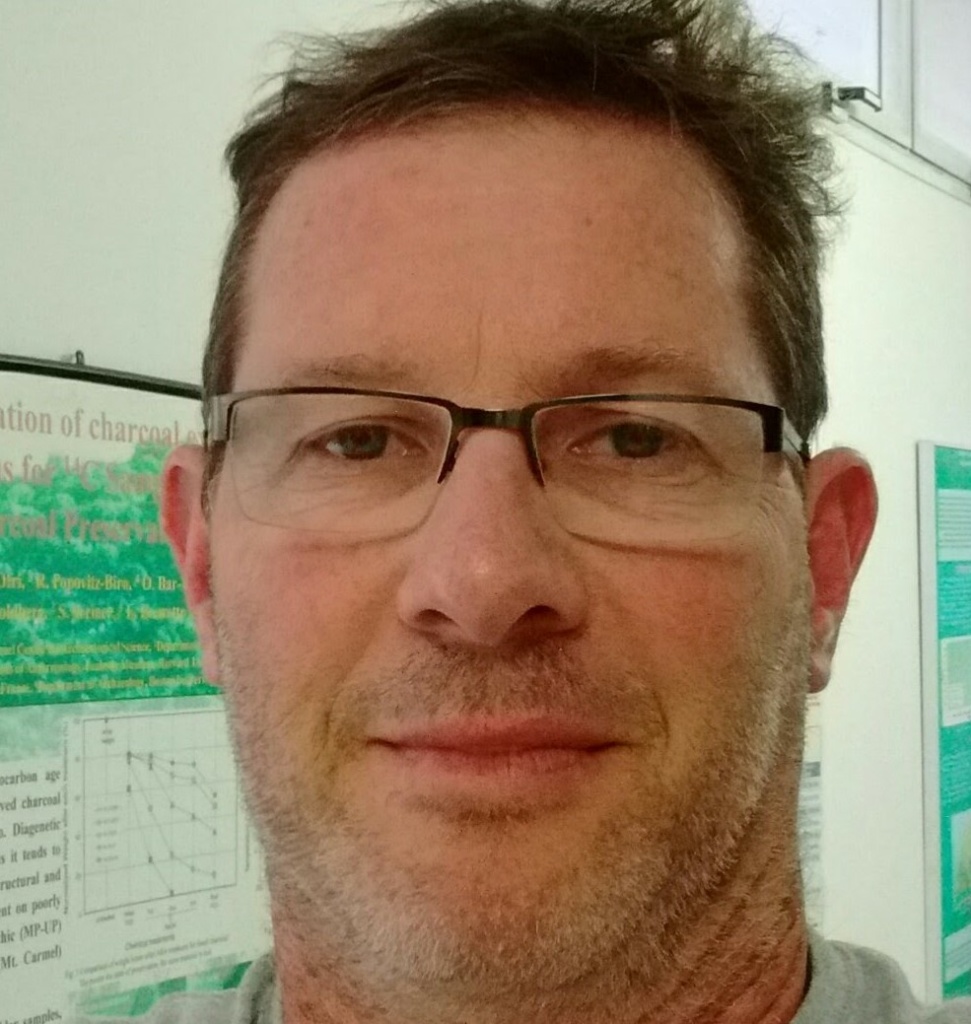
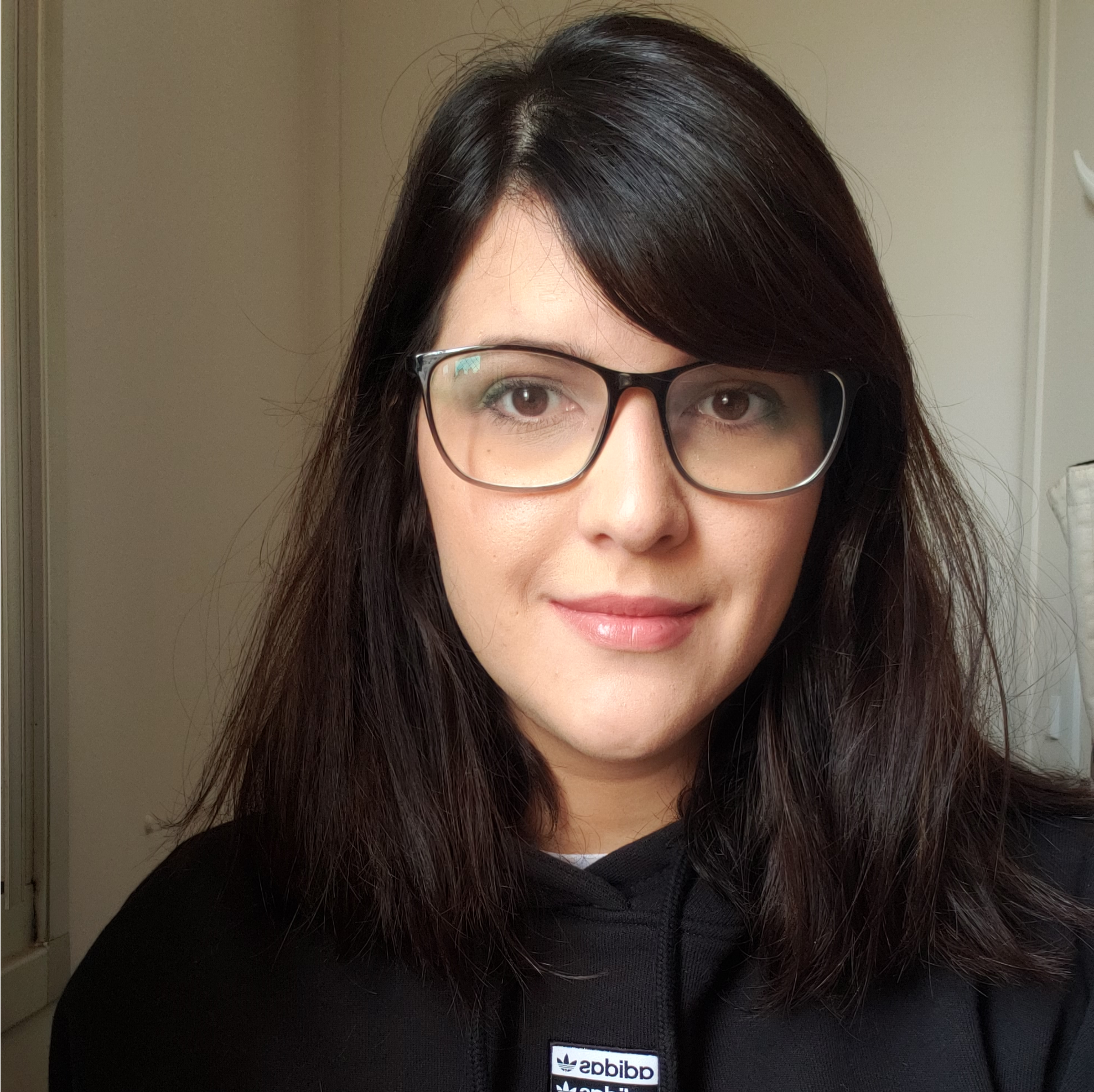
Sponsors


